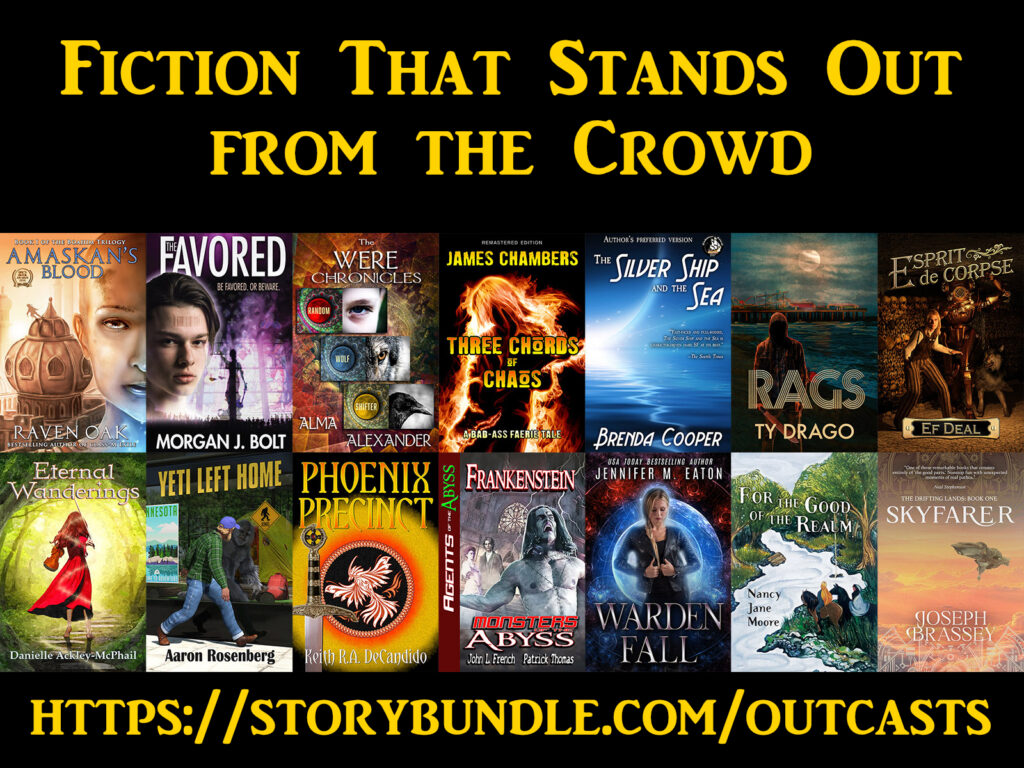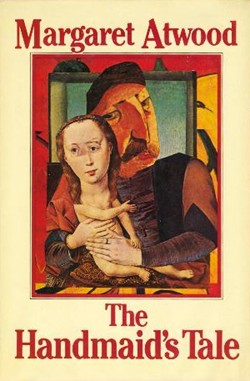I found my missing post. Here it is!
I logged in, expecting to tell you how the hate in Australia (which began as antisemitism and is now extending) is so tightly focused that your best friend might be bullied and you might not see it. When I’m alone, that bullying eats up a chunk of my day each and every day. This last week, however, it was less than a minute of each day and it was not every day. I was able to talk work with colleagues. When I sat down here, it struck me that I don’t often talk about that side of my life.
I used to. I used to be the kind of irrepressible historian who got excited for everyone. I’m still that historian. I don’t get to talk about it so often, is all.
Instead of dwelling on the bad side of life, then, let me find one page of notes from one day of the conference (one in forty-five pages of notes from the conference) so that you can enjoy history with me. We all need time out from hate, after all and every single US reader here had a lot more trouble to handle in the every day.
Some of you know that one of my novels (Poison and Light) is about how future humans use the past to hide from a present they found uncomfortable. Right now, a group of Australian scholars is examining how people in Early Modern England (and elsewhere, but the papers I heard were on Early Modern England) use history to imagine the future. The discussion was wide-ranging. They talked about witches and about ghosts, about predicting disaster and about what happened when the disaster failed to occur, about pamphlets and politics and poetry. It was the perfect panel for fiction writers and an exceptionally strong example of why fiction writers should get to know Medievalists and Early Modern scholars. Every other minute I thought of a writer who should have been there, asking questions about the ghosts and about the politics. The worlds they explain and the concepts they explore help us understand what we write and help us write it the best we can.
How does this understanding work in practice? My notes have an outline describing how the chair (and the head of the research project, who of course I talked to afterwards and of course we’ve planned to meet to talk about the science fiction side of things) breaks down the concepts of Imagining the Future into categories that can be explained.
She spoke about writing that give models of temporality: utopias, dystopias, and the mundane. Think about how these categories fit modern science fiction. Poison and Light is half-dystopia and half mundane, because all of my fiction talks about the lives of individuals and so the mundane is important to them. China Mieville (to my mind) writes dystopias and so does Sheri S Tepper.
But who writes utopias? I can think of earlier writers, like Sir Julius Vogel. Help me out! Who is writing now and has written a utopia that brings history into the future? We were given the theory of Star Trek, because it claims to be in a perfected future (at least for humans) but the reality of Star Trek is not utopian. Star Wars is, however, dystopian. It’s much easier to find examples when one looks to television. But I want to talk about novels!
She then moved to scales of temporality, whether the novel is set near (Earth!) or far away (Poison and Light again, since it’s in a solar system far far away – I may have attended the conference as an historian, but during this panel I felt so seen as a writer). With TV, my mind goes straight to the Jon Pertwee years of Doctor Who and compares them with (of course) Star Wars … again.
Why is the near and far important? Because so much of historical writing is used to discuss this apocalypse, or that. How far is apocalypse from our everyday? Much further, if it’s not on Earth. And here Poison and Light fails. It’s set far away, but Earth faces apocalypse while the people on New Ceres pretend they live in the eighteenth century. (I’m seeing this now with the lucky souls who are not enmired in hate – they are the people on New Ceres, while most of us are, alas, on Earth.)
I keep thinking that this whole project can help me understand my own New Ceres universe. I’m writing a second novel set on Earth next year, where the 14th century and the 17th century and how we deal with post-apocalypse join the party. My project echoes the ideas of people hundreds of years ago as humanity faces a bleak present. Where some people find refuge in fancy dress, others find refuge in explaining the world through ghosts and looking at neighbours as if they themselves are the catastrophe.
The last category asks whose future it is. Is it personal and everyday? Is it national? Is it a global future (my New Ceres again), a human one… or is it post-human.
The experts were historians and literary historians and most of the examples (by a long, long way most of the examples) belong to our past. The categories were however, really handy for questioning and understanding science fiction. And now you know why I will not give up that side of my life. I have learned so much in such a short time, and my fiction benefits.
Every time universities lose these experts, we lose the benefit of their thought and learning… and our everyday suffers.
Let me go away and think about what our lives would be like if we didn’t have these little injections of learning to help us tell better stories. No, let me not. Let me go away and write more fiction, celebrating the worlds of both historians and writers.




 Historian Timothy Snyder keeps telling us “Do not obey in advance” even as more and more people appear to be leaping up to kiss the ring (or perhaps a part of the anatomy) of the grifter now apparently headed back to the White House in the ultimate triumph of the January 6 insurrection.
Historian Timothy Snyder keeps telling us “Do not obey in advance” even as more and more people appear to be leaping up to kiss the ring (or perhaps a part of the anatomy) of the grifter now apparently headed back to the White House in the ultimate triumph of the January 6 insurrection.